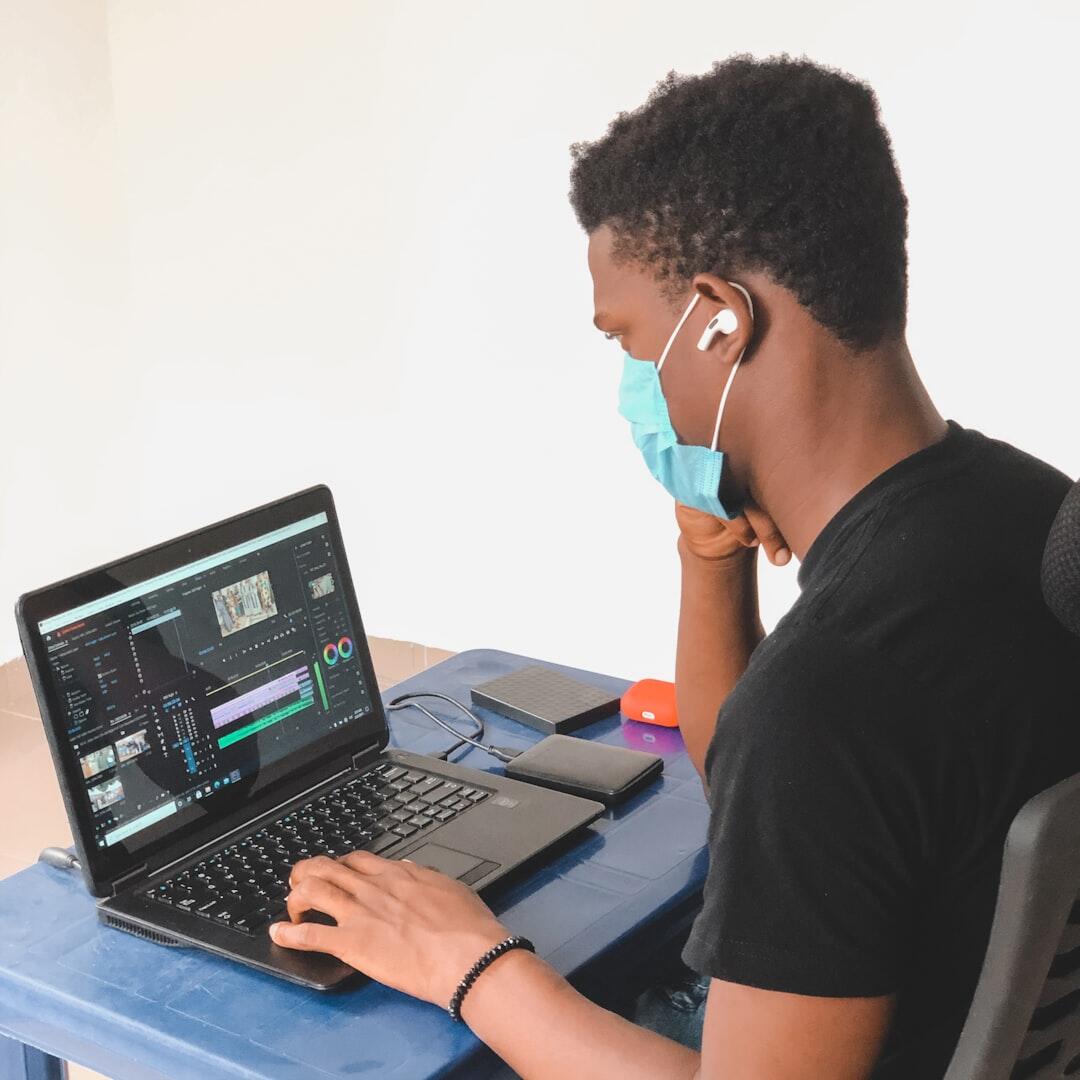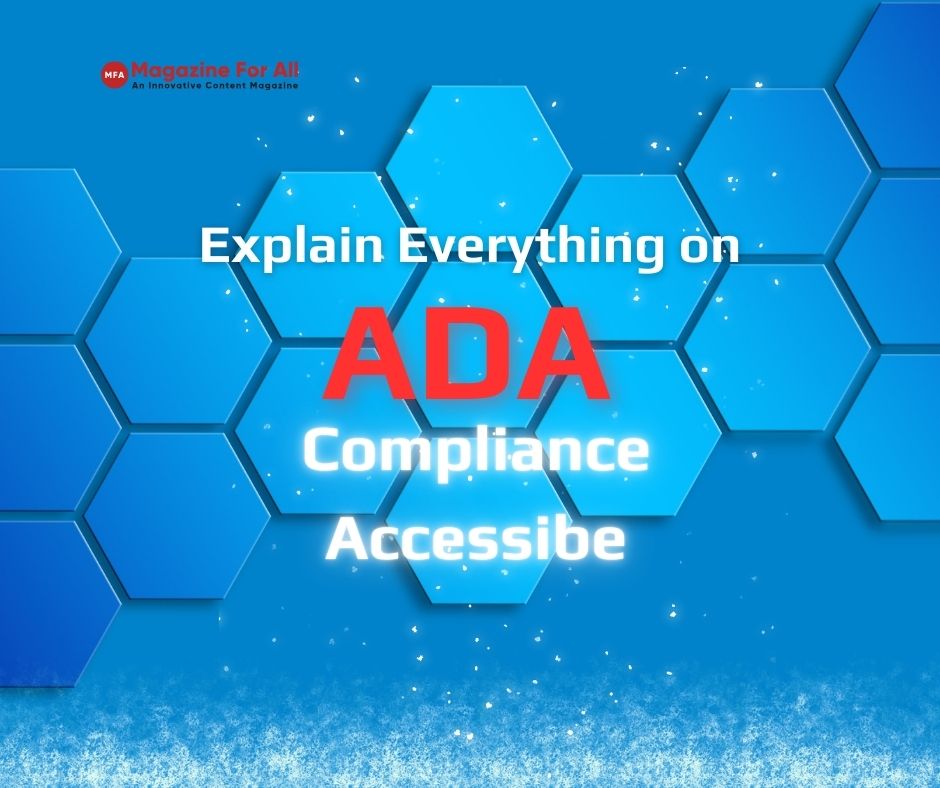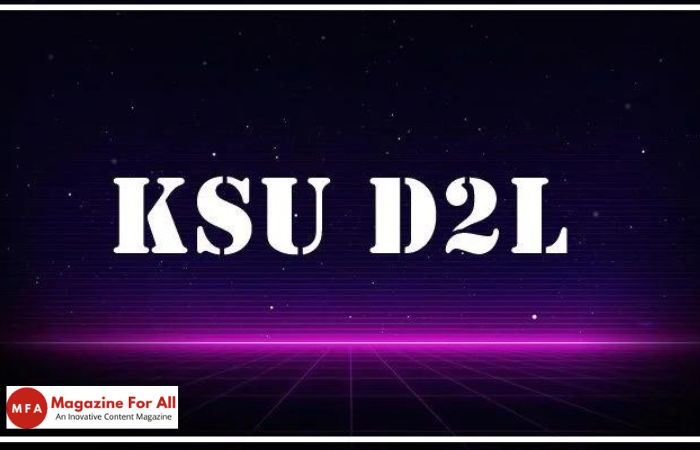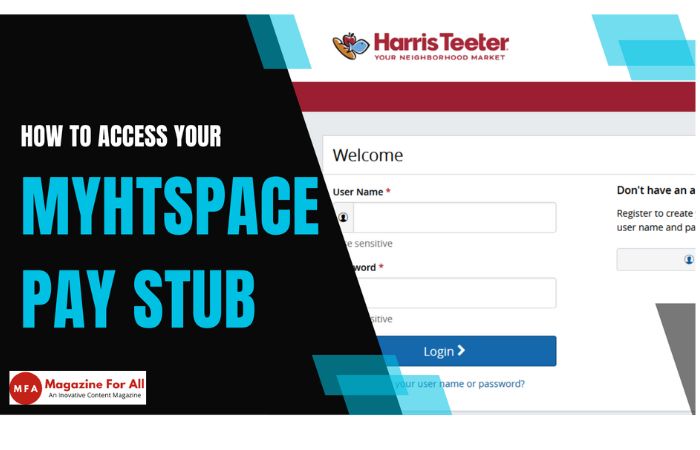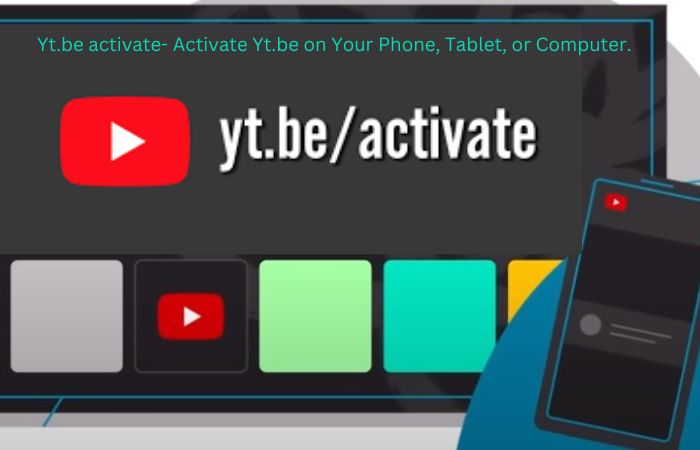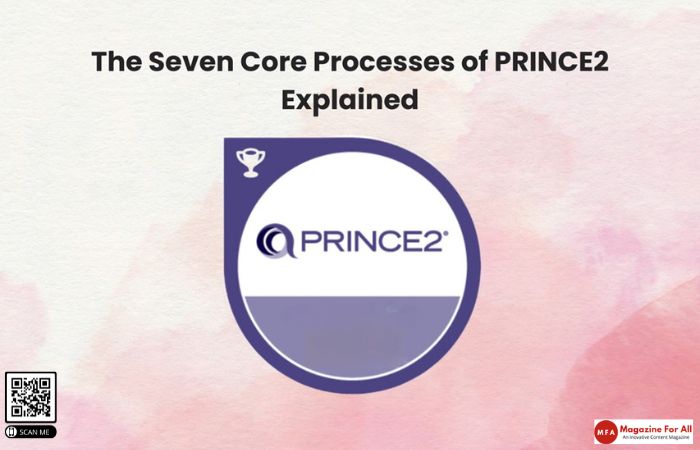Welcome to a trip inside the core of PRINCE2, a methodology known for its efficiency and organised approach to project management excellence. In project management, where careful preparation and execution are critical to success, it is essential to comprehend the seven PRINCE2 core processes. Understanding these procedures is crucial to managing the intricacies of project delivery, regardless of experience level or PRINCE2 Training.
In this blog, we will look at the nuances of the Seven Processes of PRINCE2 and see how they serve as the cornerstone of effective project management.
Table of Contents
Starting Up a Project (SU)
Any project needs a strong foundation from the beginning. The foundation is set during the “Starting Up a Project” procedure, or SU. The project’s viability is evaluated during this stage, and essential components like the scope, goals, and feasibility are set. It’s like laying the groundwork for a play; if it’s not done correctly, the whole thing might fall apart. The importance of SU is emphasised in PRINCE2 training as it establishes the foundation for the other procedures and guarantees that the project is constructed on a solid and well-considered basis.
Initiating a Project (IP)
After the stage is established, the “Initiating a Project” procedure, or IP, should be used to create the project blueprint. This stage is similar to drawing out a comprehensive road map, including the project’s objectives, dangers, and possible approaches. The detailed nature of IP is covered in PRINCE2 training, which emphasises the need for a thorough project start document. This document serves as a roadmap for the project’s duration, guaranteeing that all parties engaged agree with its goals and expectations.
Directing a Project (DP)
A project requires a captain to be successful, and the “Directing a Project” process, or DP, is where that position fits in. In this case, senior management is in charge of the project and offers assistance and strategic guidance. Despite being removed from day-to-day operations, their choices influence how the project is carried out. The need for good project governance throughout DP is emphasised by PRINCE2 training, which guarantees that the ship will sail smoothly towards its destination without losing sight of the main business objectives.
Controlling a Stage (CS)
Keeping the momentum going is essential in the complex game of project management. “Controlling a Stage,” or CS for short, is about managing the project daily. It entails allocating resources, monitoring developments, and quickly resolving problems. PRINCE2 training explores how critical CS is to maintaining project momentum and guaranteeing that each phase produces the desired results. It is the project’s vitality, thumping with the cadence of development and flexibility.
Managing Product Delivery (MP)
Any project’s deliverables are its central component. The “Managing Product Delivery,” or MP, ensures that these outputs are timely and of high quality. The project manager and the group in charge of producing the items must work together on it. To ensure that the end products satisfy the project’s requirements and goals, PRINCE2 training strongly emphasises the need for solid controls and clear communication throughout MP.
Managing a Stage Boundary (SB)
Smooth transitions are crucial when a project advances through its many stages. Processes like “Managing a Stage Boundary,” or SB, make this easier. It entails assessing the finished phase, revising the project schedule, and getting permission to go on to the next phase. The complexities of SB are covered in detail in PRINCE2 training, highlighting the importance of introspection and planning for the future. This is a calculated stop to make sure the project moves forward with well-informed decisions and the fewest possible setbacks.
Closing a Project (CP)
No matter how well-run, every project has to end at some point. The “Closing a Project,” or CP, concludes the project’s lifespan. It entails completing unfinished business, evaluating the project’s performance in relation to its original goals, and getting the customer’s official approval. CP is acknowledged by PRINCE2 training as the project’s curtain call, offering an organised method to wrap things up and move the project into its post-implementation stage.
Conclusion
To sum up, learning the seven PRINCE2 core processes is like learning how to lead a symphony. Every process has a unique function that adds to the overall coherence of project management. Whether you’re a novice PRINCE2 trainee or an experienced practitioner, leading successful projects requires an awareness of these procedures. Project managers may easily traverse the intricacies of the project environment with the help of PRINCE2, which offers a structured and flexible framework from project inception to the final curtain call. To achieve project management excellence, accept the concepts, immerse yourself in the procedures, and allow PRINCE2 to be your compass.
Related Post: Outsourcing for Small Businesses




